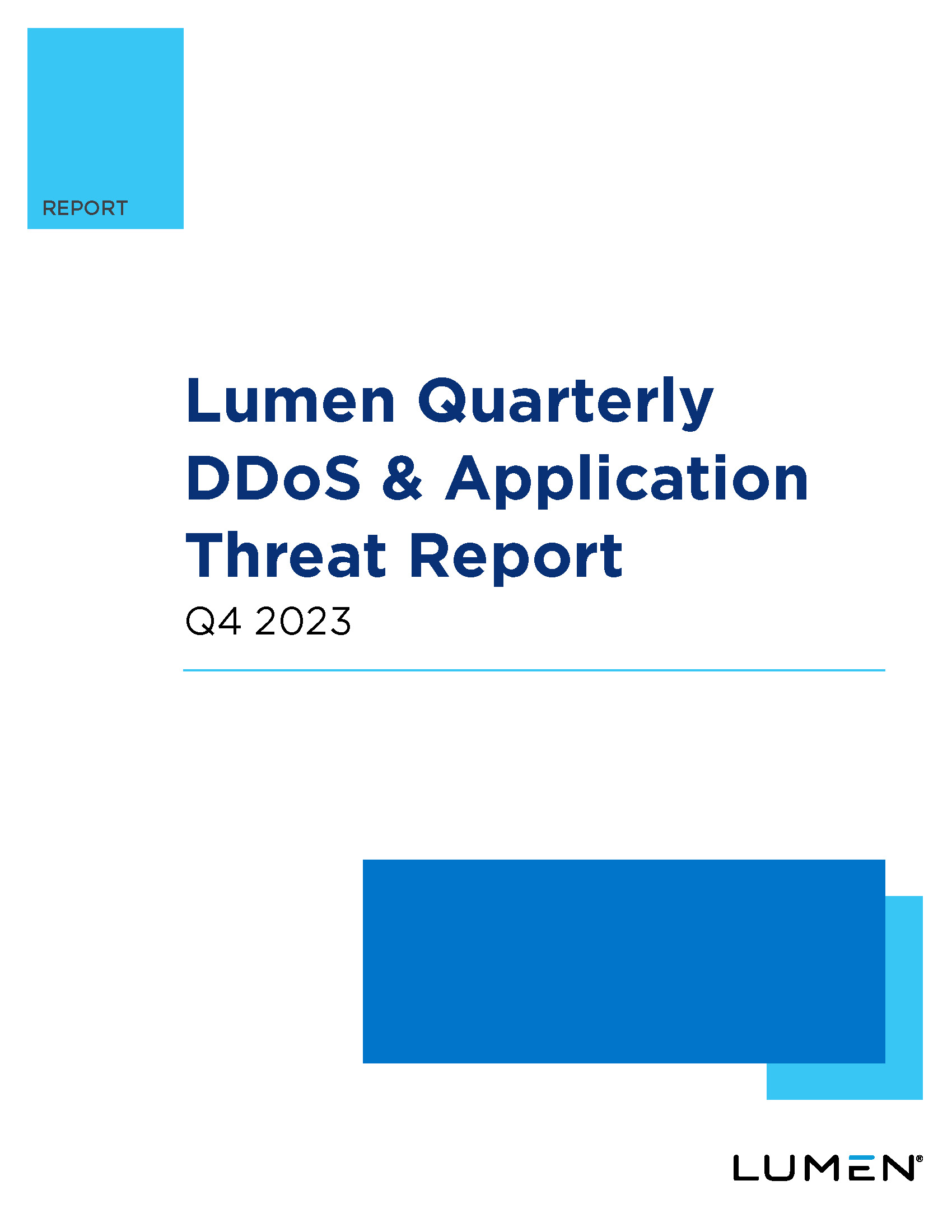As businesses continue their digital transformations and adopt cloud technologies, the task of maintaining secure cloud environments has become both vital and increasingly complex. Cloud Security Officers are faced with the challenge of mitigating an array of cloud security risks, all while trying to secure their organisation’s cloud infrastructure and data. This article explores common cloud security threats, the impacts of breaches, how a cloud security incident might unfold, and the importance of staying up-to-date on these threats.
Common Cloud Security Threats
Cloud environments face several unique threats that can compromise their security:
- Data Breaches: Unauthorised access to cloud-stored data can lead to the exposure of sensitive information.
- Account Hijacking: If attackers gain control over a user’s cloud service account, they can access and manipulate sensitive data.
- Insecure APIs: Cloud services often provide APIs for customer usage, but if these are not secured properly, they can provide an entry point for attackers.
- Insider Threats: Employees with access to the cloud can intentionally or unintentionally cause security incidents.
Impact of Cloud Security Breaches
The consequences of a cloud security breach can be severe:
- Financial Losses: The costs to recover from a breach can be significant, including investigation expenses, downtime, and potential fines.
- Reputational Damage: Customers may lose trust in companies that suffer data breaches, potentially leading to lost business.
- Regulatory Consequences: Breaches can lead to non-compliance with data protection regulations, resulting in legal repercussions and fines.
Cloud Security Incident: A Real-Life Scenario
Consider a scenario where a company’s cloud storage bucket, containing sensitive customer data, was misconfigured and left publicly accessible. Cybercriminals discovered this misconfiguration, accessed the data, and sold it on the dark web. Not only did the company have to bear the financial costs of resolving the breach, but they also faced regulatory scrutiny, damaged customer relationships, and a tarnished reputation.
Staying Updated on Cloud Security Threats
Given the ever-evolving nature of cybersecurity threats, it’s crucial for Cloud Security Officers to stay informed about the latest risks and mitigation strategies. Here are a few tips:
1. Subscribe to Security Newsletters and Blogs: These can provide up-to-date information on the latest threats and defences.
2. Attend Cybersecurity Conferences and Webinars: These events often host discussions on the latest security trends and threat landscapes.
3. Participate in Security Training Programs: Regular training can help keep your security knowledge fresh and relevant.
4. Network with Other Security Professionals: Exchanging ideas and experiences with peers can provide valuable insights.
5. Lumen’s Cloud Blog: You can also keep up to date with the latest news by checking out our blog where we post regularly about the latest in technology, trends and innovation.
Navigating the cloud safely requires a thorough understanding of the associated security risks. By staying aware of these risks and updating their strategies accordingly, Cloud Security Officers can create a secure cloud environment that supports business growth while protecting valuable data assets.
While cloud security risks are inherent and ever-evolving, their impacts can be mitigated effectively through proactive and informed strategies. Should you need expert guidance on securing your cloud environment and embarking on a secure digital transformation journey, visit Lumen’s Cloud Transformation services page. Lumen offers a comprehensive suite of services designed to transform and secure your cloud environment, empowering your business to navigate the cloud safely and successfully. Take the first step towards a secure cloud today.





